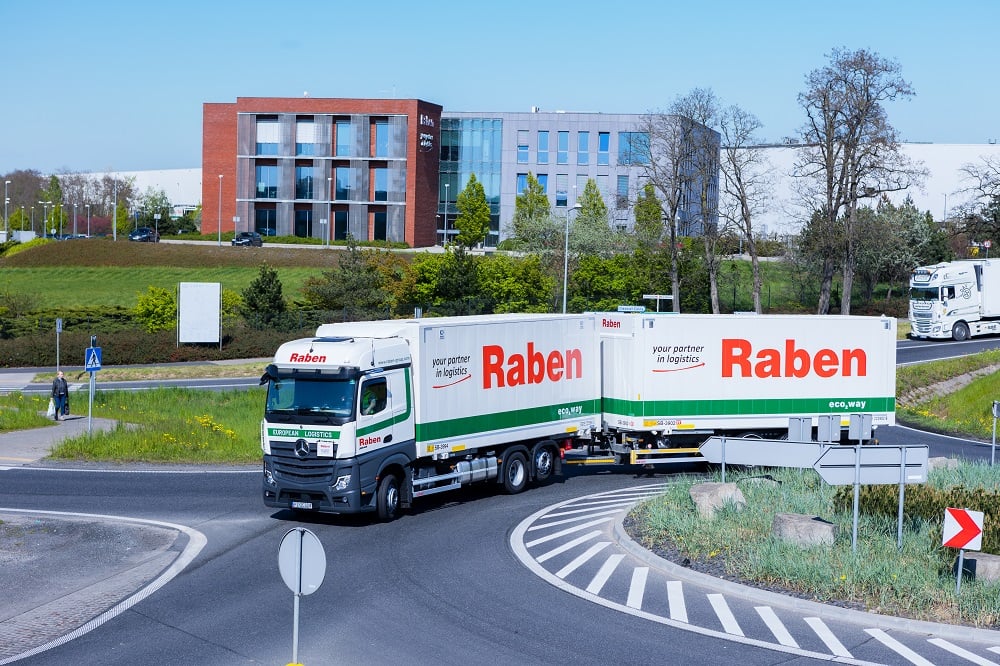
Client:Avinor
Industry:Transportation & Logistics
Region:Europe
Why Switching to ‘Autopilot’ Has Been Such a Success for Avinor

90%
on average, Roy sped process performance exection
100,000
invoices Roy helps process overevery year
RPA
helps improve workloads without needing to replace 30 staff reaching retirement
3 full time
Automation brings time equivalent of three full time equivalent back to the business
Automatic
processes help handle tasks that couldn’t be completed previously
Client Overview
Handling over 50 million passengers from 44 airports across Norway, Avinor Group is the state-owned Norwegian airport operator. The group has around 3000 employees, including air traffic control, air navigation services, rescue, maintenance, administration and other airport operations personnel. The company’s goal is to plan, develop and operate a cost-effective, efficient and sustainable airport and air navigation service.
Partner

Employees at Avinor facilities center have so many dull, repetitive tasks they struggle to complete them all. Then Roy arrived.
The facility center at Avinor provides a wide range of business services across the group. With over 3000 employees and 50 million passengers to serve, the small team is constantly faced with a massive volume of work that could sometimes become overwhelming. Avinor has partnered with Sopra Steria and UiPath to help change the way employees work through robotic process automation (RPA) and machine learning, And, at the heart of everything is Roy.
An autopilot is a piece of software that takes over and does exactly what the pilot would have done. It’s a great metaphor for how RPA works so when Avinor staff talk about their ‘autopilot’ you know exactly what they mean. In this particular case, the ‘autopilot’ has been nicknamed Roy, and he’s helping transform how people work and improve the service the center can offer its internal and external customers.
Driving cost and inefficiency from key business processes are often stated as the benefits of RPA but for Hans-Arne Løkken, Finance Manager for Business Support at Avinor, the company’s automation journey offers something more fundamental.
We always need to improve effectiveness, both in cost and process efficiency. However, it's important to say that that the use of this technology may end the way we currently work. We are transforming from a transaction phase to an environment where the automation is doing several tasks and we simply do the controls and approvals afterwards.
Hans-Arne Løkken • Finance Manager for Business Support
Automation and intelligence in invoice processing
Introducing RPA in 2017, the company has quickly moved to automate over 20 processes in areas such as finance, accounting, HR, records and archiving. Initially, the automation journey began as workloads within the facilities center continued to grow as the same time as a number of employees were reach retirement age. Hans-Arne saw that automation could help the organization operate more efficiently.

photo by Eirik Førde • Catchlight and Arvinor
We’re a small team of 80 and we have around 30 people that will leave the company within the next five years. By removing as many of the mundane, time consuming tasks, automation frees our staff to more important activities. We can handle our workload without needing to recruit or replace people. In fact, automating processes has helped us perform tasks we couldn’t before.
Hans-Arne Løkken • Finance Manager for Business Support
To illustrate this benefit, Hans-Arne points to the company’s invoicing process. Each year, the company has to process more than 100,000 invoices each year. Previously, the processes of reviewing, booking and approving invoices were almost completely manual. But, in each case, the many tasks involved are repetitive and mundane.
Now, the autopilot checks all incoming invoices and books them into the system, with staff only getting involved when they need to check the information or handle exceptions. Not only has this speeded the process, but it's improved the quality of data being entered into the accounting systems.
However, the really smart work happens when it comes to automating the invoice approval process. When a new invoice is ready to be sent for approval, Roy reads the invoice for the person or PO number so he knows who to send it to. If you can’t find the information needed, Roy checks the HR and personnel databases as well as airport systems to identify the right person. Most impressively, he can recognize different languages so if say Hans-Arne’s name was written as Løkken or Lokken he’d still receive the invoice.
Saving time and making time
Invoicing represents the biggest area of automation within Avinor and these automations have demonstrated to Hans-Arne and senior management the efficiency and time-savings that can be achieved. The company estimates that automation has so far brought back time equivalent to three full-time staff. This has been achieved by speeding up processes by 90% on average.
In fact, the automation can be too fast.
We’ve found that there can be instances where our main systems can’t receive data as quickly as Roy can send it so, on occasion, we’d had to slow him down!
Hans-Arne Løkken • Finance Manager for Business Support
However, the major benefit of automation for Avinor may not be in saving time but in making time. It allows employees to do work that they could not complete in the past. For example, handling customer enquiries is a major task for the center. Every year, 6,000 complaints, and other enquiries, are received by the team. All these cases were handled manually. Now, Roy combines RPA and machine learning to automatically register the basic data from the enquiry, create a case, and send it to the correct staff member.
The manual process often led to staff opening a new case on the system and that case never being closed. Over time, this led to thousands of abandoned cases that were still live on the system. Not only could this be an information governance or compliance risk, it also reduced the efficiency of the people working on the system. The time it would take to find all these unneeded cases on the system was more than the team had available, until Roy.
Jeanette explains: “With this unnecessary data, you could search and most of the results would be useless. Now, Roy checks for open cases and sends a nice email asking the owner whether the case is still needed or should be closed. We couldn’t have done that before.”

photo by Eirik Førde • Catchlight and Arvinor
Why welfare is at the heart of employee experience
For Avinor, a major goal for its automation program was to improve the working experience of its staff. The company understood from the outset that freeing employees from the day-to-day drudgery of these tasks would create a more inspiring and reward work environment. But, again, the benefits have gone further than this.
“We’ve a great team that are dedicated to what they do. And, anyone that’s committed but can’t see how they’re going to do all the work they have becomes stressed. Some of my team had extremely high stress levels, as they never felt like they were up to speed. So, taking the dumb stuff away from them and letting them think about the bigger picture has really had a positive impact on their welfare,” says Jeanette.
Redefining work at Avinor
If Roy has made people happier in their work, he has perhaps also made them more secure. Contrary to the speculation that robots will steal jobs, Hans-Arne conspicuously set out to use automation to make his team more secure.
The outside world is changing fast and we have to change with it. From the very beginning, I told the team we either embrace these new technologies or in five years we’ll be outsourced. But, if we do seize its potential to take control of our work on a day-to-day basis then we can become leaders in this new effective way of working. I think this has been a success.
Hans-Arne Løkken • Finance Manager for Business Support
Now Avinor is looking to build on its early achievements. The company is keen to explore the possibilities when combing RPA, AI, and the human in the loop model to take its automations to the next level. Hans-Arne is convinced that the only way to succeed in the future is to find new processes and ways to work driven by automation.
Related case studies
Ready for your own case study?
Speak to our team of knowledgeable experts and learn how you can benefit from RPA.





